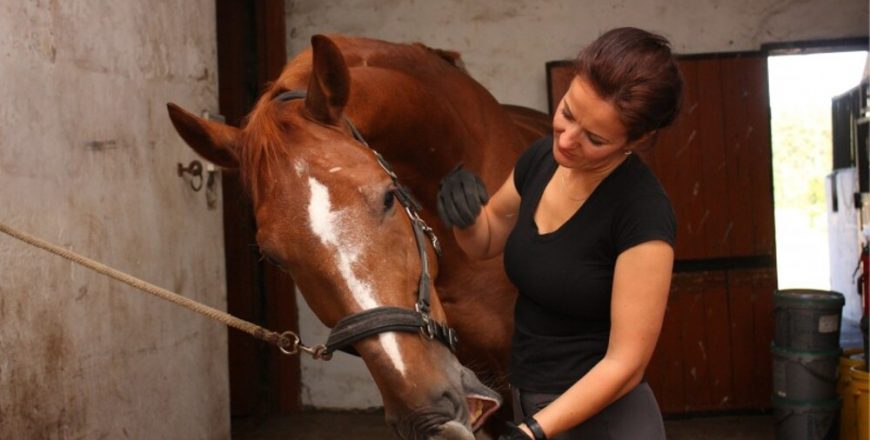
On a senior equine groom apprenticeship course, you’ll help provide for and coordinate the day-to-day care of the horses in the workplace.
You may expect to handle and exercise horses in various working environments as a senior equine groom. As a result, you will require dedication, commitment, and physical and mental strength to cope with the rigours of the work.
Living on-site for a portion of the apprenticeship may also be necessary. You will be required to commit to the horses in your care.
In the United Kingdom, about a million horses are kept for leisure and commercial reasons, and you will be taught to manage a small- to medium-sized equine yard and supervise a team of workers.
You’ll get a strong foundation of experience and knowledge, as well as the required empathy, to enhance the physical and psychological well-being of the horses. You’ll also get a firm grasp of horse anatomy and physiology.
What you’ll learn
On a senior equine groom apprenticeship course, you’ll learn to:
- Promote, monitor, maintain safe working practices, and adhere to current health, safety, and security policies and procedures (including PPE). Participate in risk evaluations.
- Organise, supervise, and carry out all yard and field tasks and daily rotas and routines, including communication with the vet, farrier, and other visiting specialists.
- Keep and organise basic yard records, such as farrier, worming, vaccinations, etc.
- Monitor feed and bedding stocks and supplies, manage and evaluate. Evaluate, prepare, and manage horse stalls and pastures.
- Put in place measures to prevent and control disease spread.
- Coordinate waste-reduction, environmental, and long-term working techniques.
- Supervise the introduction of a new horse and perform a preliminary assessment, including record keeping and health status.
- Identify and explain the main superficial muscles and the anatomy of the lower leg and foot.
- Examine and evaluate a horse’s conformation, movement, condition, and fitness.
- Evaluate one’s well-being (including health) and detect and cure common minor diseases and injuries.
- As instructed by a veterinarian, provide first aid and treatments like poultices, dressings, and bandages. As indicated, provide authorised oral and topical treatments. Take the temperature, pulse, and respiration rates of the horse.
- Determine and use appropriate horse-handling or restraining methods.
- Groom, clip, trim, pull and plait a variety of horses for work or competition.
- Recognise and discuss hoof balance. Demonstrate appropriate shoe removal methods in line with current legislation.
- Coordinate horse travel preparations, such as supplies and equipment.
- Plan horse transportation by road while keeping current standards, documentation requirements, and procedures in mind.
- Prepare a horse for travel by safely loading and unloading it according to current health and safety standards. Horses must be monitored and cared for both during and after travel.
- Use the appropriate equipment to prepare and lunge a horse for exercise.
Entry requirements
You’ll usually need:
- GCSEs including English and maths or equivalent qualifications or relevant experience for an advanced apprenticeship
- Apprentices without level 2 English and maths will need to achieve this before taking the end-point assessment.
Assessment methods
The End Point Assessment comprises three components:
- A Knowledge Test
- A Practical Observation
- A Professional Discussion
Duration, level, subjects and potential salary upon completion
- Duration: 18 months
-
Level: 3 – Advanced Apprenticeship
- Relevant school subjects: PE and science
- Potential salary upon completion: £20,000 per annum
Apprenticeship standard
More information about the Level 3 Senior Equine Groom Apprenticeship standard can be found here.
Apprenticeship end point assessment
For more information about the End Point Assessment Process, please read the Institute of Apprenticeships’ information page.
